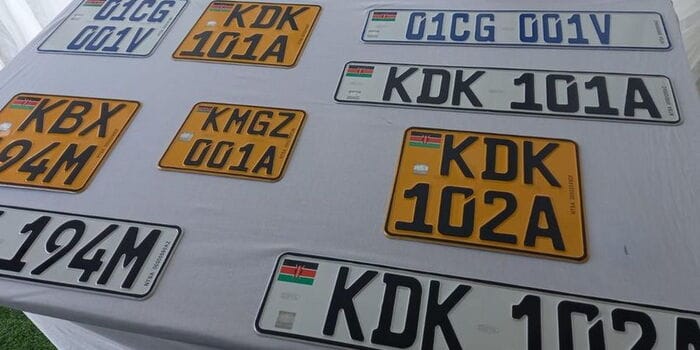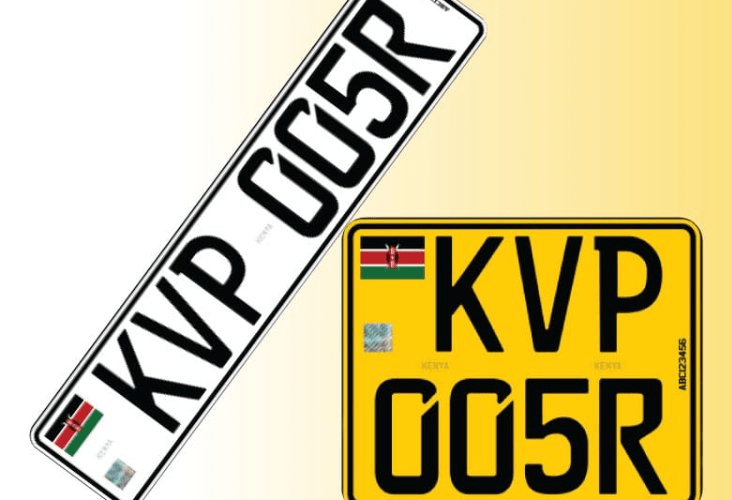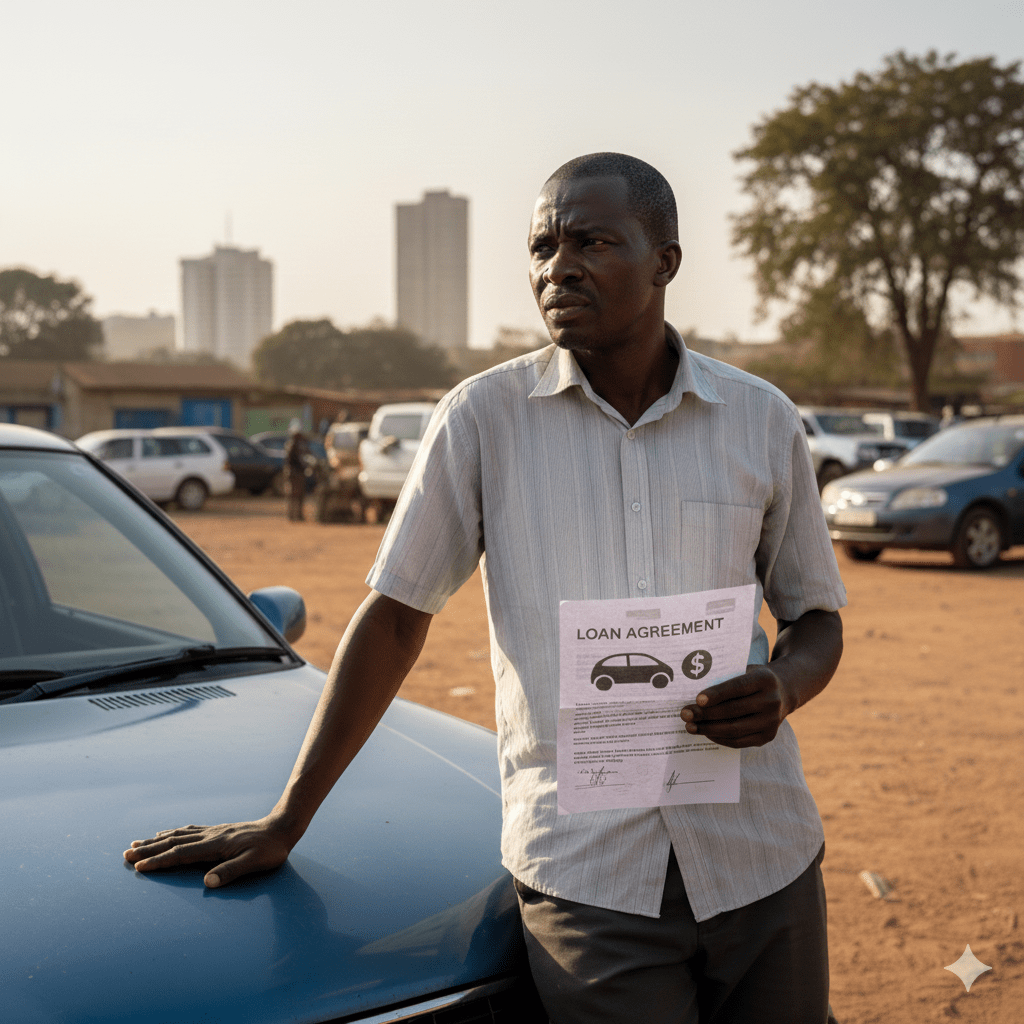New Generation Number Plates vs. Old: What Borrowers in Kenya Should Know

In 2022, Kenya introduced new generation digital number plates as part of the government’s broader strategy to improve vehicle tracking, reduce fraud, and streamline traffic enforcement. But if you’re applying for a logbook loan, how do these plates affect your application, valuation, and ownership records?
Here’s what every borrower should know about new vs. old number plates in Kenya.
1. What Are New Generation Number Plates?
These are high-tech, tamper-proof plates embedded with security features like:
- Microchip and QR code
- Holograms
- Laser-etched serial numbers
- NTSA traceability systems
They are designed to make vehicle identification more accurate and reduce cloning or logbook fraud.
2. Are New Plates Mandatory for Logbook Loan Applications?
No. Both old and new number plates are still accepted by lenders and NTSA for vehicle valuation, security registration, and loan processing.
However, some lenders prefer cars with new plates because:
- They show the owner has complied with recent NTSA regulations
- They reduce the risk of fraud or ownership disputes
3. How to Tell If Your Car Has New Generation Plates

- They begin with three letters, three numbers, then one letter (e.g., KDK 123A)
- The physical plate includes a QR code on the left side
- NTSA records will show the new plate format with embedded digital details
If unsure, do a vehicle search via NTSA TIMS.
4. Does Having New Plates Affect Loan Valuation?
Not directly. Car valuation is still based on:
- Make and model
- Year of manufacture
- Mileage
- Condition
- Demand in the second-hand market
However, new plates may slightly boost your credibility with some lenders and speed up processing time.
5. What If You Want to Upgrade Your Plates Before Applying?
You can voluntarily upgrade your old plates through NTSA:
- Log in to NTSA TIMS
- Select "Apply for Reflective Plates"
- Upload a vehicle search certificate and ID
- Pay the replacement fee (KES 3,000 for motorcycles, KES 3,000 per plate for vehicles)
- Collect plates at your selected NTSA center
This step is not required, but it could future-proof your car as regulations tighten.
6. Security and Fraud Protection
New number plates make it easier for lenders to:
- Confirm ownership using NTSA data
- Detect duplicate or fake logbooks
- Avoid financing stolen or cloned vehicles
This gives both the borrower and lender added protection during the loan term.
7. Resale Value and Buyer Confidence
If you plan to sell your car after repaying the loan, new plates could:
- Make your car more appealing to buyers
- Reduce buyer suspicion
- Speed up logbook transfer
Final Verdict
While both plate types are still valid for logbook loans, the new generation plates offer added transparency, fraud protection, and potential credibility benefits. If your car still has old plates, don’t worry—you can still apply for a loan without restrictions. But if you want to future-proof your vehicle or increase buyer confidence post-loan, upgrading might be a smart move.
Need help applying for a logbook loan? Contact us through our contact form, call us on +254791573231 or visit one of our branches across Nairobi, Kiambu, Machakos, and Kajiado counties and we will guide you through it step by step.




Comments ()